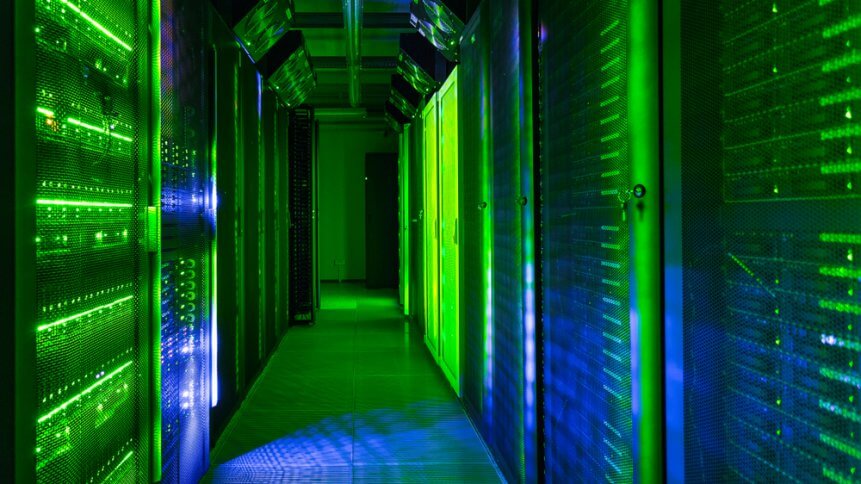Tech HQ, 19 February 2021
Can more sustainable data centers be designed that employ green energy and circular technology strategies?
Solving the massive energy consumption dilemma by data centers has been an ongoing challenge for the data industry. Data centers are being constructed and pressed into service at a rapid clip worldwide, but the significant carbon imprint of these projects are causing design teams to study how to minimize the environmental impact of the construction process and enable more green, yet still cost-efficient data center designs.
Will data center sustainability take priority in 2021?
The astronomical levels of energy output required by data centers is raising concerns among green energy advocates, government administrators, and the data center industry itself. Notable service providers including technology giants with their own centers have started working with companies like CarbonCure, which makes a low-carbon “green” concrete material for the tile-up walls that frame data centers.
Cultivating a circular economy
Concrete’s durability and strength are ideal for industrial construction, but the production of cement requires the use of massive kilns, which require large amounts of energy, and the actual chemical process emits staggeringly high levels of carbon dioxide. CarbonCure’s method repurposes the CO2 emitted by large refineries and chemically mineralizes it during the concrete manufacturing process to make greener and stronger concrete.
CarbonCure’s method is a step towards cultivating a circular economy, where materials are part of an inverted logistics chain, tracking the source and the waste produced, and repurposing them so that they contribute back towards the sustainability of the project, while cutting down on the environmental footprint.
As solutions like CarbonCure’s prove their feasibility as well as the potential to optimize costs, data center customers, especially the bigger corporations that consume more energy, will begin feeling the pressures to adopt environmental practices and corporate social responsibility policies that are in-line with sustainability best practices available in their region.
Adapting green energy workloads for data centers
Google not too long ago announced that it will power all of its operations with entirely carbon-free energy by 2030, matching every hour of energy spent at its data centers to carbon-free energy sources. The Alphabet company does this by harnessing artificial intelligence and sophisticated energy provisioning to match its operations’ workloads with carbon-free energy sources.
To overcome the time-sensitive pitfalls that green energy solutions like solar and wind power encounter presently, Google created a “carbon-intelligent computing platform” that optimizes for green energy at its data centers by rescheduling workloads that are not time-sensitive, such as matching workloads to solar power during the day, and to wind energy in the evening when it is airier, for example.
Optical computing — a lightspeed breakthrough for power-hungry data centers?
But the intermittent use of renewable energy to overcome the significant carbon footprint associated with electricity, can be sidestepped altogether if more efficient energy storage means could be set up to generate and store power from green sources at data centers.
A new project in the US will showcase a potential solution from Tesla, the electric car company led by tech visionary Elon Musk. Data center technology company Switch will use new large-scale energy storage technology from Tesla to boost its use of solar energy for its mammoth data center campuses in Las Vegas and Reno, Nevada. It is a promising project in pioneering a holistic integration of renewable power, green energy storage and Internet-scale data centers.







